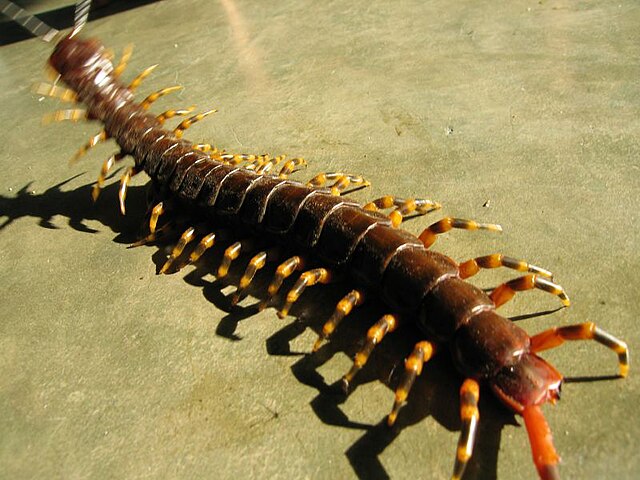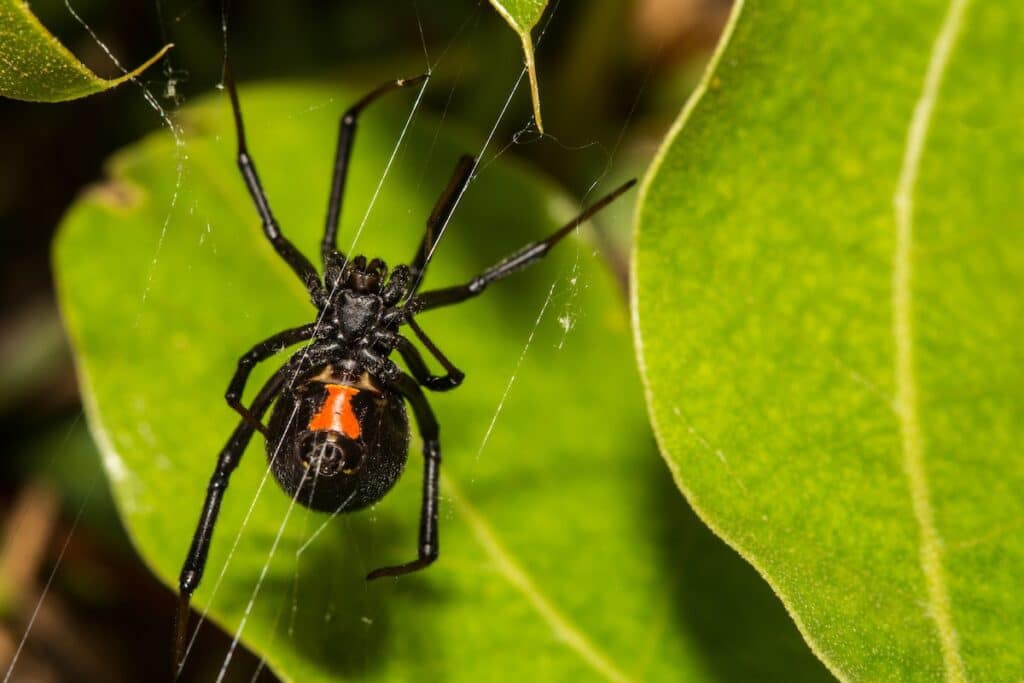Hawaii is a paradise famous for its beaches, rainforests, and volcanic islands. But beneath the beauty, there are animals that can pose serious risks to people. Whether you’re exploring the jungle, diving near coral reefs, or hiking off the beaten path, knowing about Hawaii’s most dangerous animals helps you stay safe on your adventure.
Top 10 Most Dangerous Animals in Hawaii
Hawaii’s unique wildlife includes both native and introduced species. Some are dangerous because of their venom or bites, while others are risky because of aggression or raw power.
1. Yellow-Bellied Sea Snake
- One of the most venomous snakes in the world
- Recognized by its bright yellow belly and black back
- Venom is highly toxic and potentially deadly
- Very rare near the shore, but extreme caution advised if spotted
Danger: Deadly neurotoxic venom. Do not touch or approach.
2. Tiger Shark
- The most aggressive shark species in Hawaiian waters
- Most documented shark bites involve tiger sharks
- Attacks are rare, but they are powerful predators
Danger: Life-threatening bites, especially if provoked or if swimming in areas where sharks feed [Source].
3. Box Jellyfish
- Arrive on Hawaii’s south shore beaches several days after the full moon
- Long, nearly invisible tentacles deliver painful, sometimes severe stings
- In January 2023, 156 stings were reported on Oahu alone
Danger: Venom causes pain, difficulty breathing, and muscle weakness; can be life-threatening to allergic individuals.
4. Cone Snail
- Beautiful, spiral-shelled sea snail found near coral reefs
- Fish-hunting species deliver venom strong enough to cause paralysis or death
- Venom can penetrate gloves and wetsuits
- No antidote for the venom exists
Danger: Accidental touch or collection can result in a deadly sting.
5. Giant Centipede (Scolopendra)
- Can reach up to 12 inches in length
- Boldly colored, fast-moving, and aggressive if disturbed
- Bite is extremely painful, causes swelling, and can result in severe allergic reactions
Danger: Venomous bite; in rare cases, fatalities have been reported.
6. Moray Eel
- Lurks in rocky crevices and coral reefs
- Bites can remove fingers or chunks of flesh
- Bacteria in eel mouths may cause dangerous infections
Danger: Painful, sometimes severe bites; risk of infection.
7. Black Widow and Brown Widow Spiders
- Black widow: Shiny black with a red hourglass on the abdomen
- Brown widow: Lighter brown with an orange or yellowish hourglass
- Bites can cause severe pain, fever, nausea, and muscle cramps
Danger: Severe symptoms possible, especially for children or allergic people.
8. Feral Pig
- Large, powerful, aggressive — not afraid of humans
- Sharp tusks can cause deep wounds
- May attack if cornered or protecting young
Danger: Serious bodily harm and disease risk.
9. Mediterranean Recluse Spider (Brown Recluse)
- Seeks dark, quiet places like woodpiles or garages
- Bite can cause tissue necrosis, pain, and dizziness
Danger: Medical attention is needed for severe bites.
10. Crown-of-Thorns Starfish
- Large, spiny starfish with venomous spines
- Can cause deep puncture wounds and pain if stepped on
- Sometimes found on coral reefs during population blooms
Danger: Painful wounds with risk of infection.
Quick Comparison Table: Hawaii’s Top Animal Hazards
| Animal | Main Threat | Deadliness | Where Found |
|---|---|---|---|
| Yellow-Bellied Sea Snake | Neurotoxic venom | Very high | Open ocean, sometimes near shore |
| Tiger Shark | Powerful bite | High, but rare | Coastal waters |
| Box Jellyfish | Painful venomous sting | Medium–high | Beaches after full moon |
| Cone Snail | Venomous sting | High | Coral reefs |
| Giant Centipede | Venomous bite | Medium | Forests, homes, gardens |
| Moray Eel | Bite and infection | Medium | Reefs, rocks |
| Black/Brown Widow Spider | Venomous bite | Medium | Homes, gardens |
| Feral Pig | Aggressive attack, tusks | Medium | Forests, valleys |
| Mediterranean Recluse Spider | Tissue-destroying bite | Medium | Piles, garages |
| Crown-of-Thorns Starfish | Venomous spines | Low–medium | Reefs |











